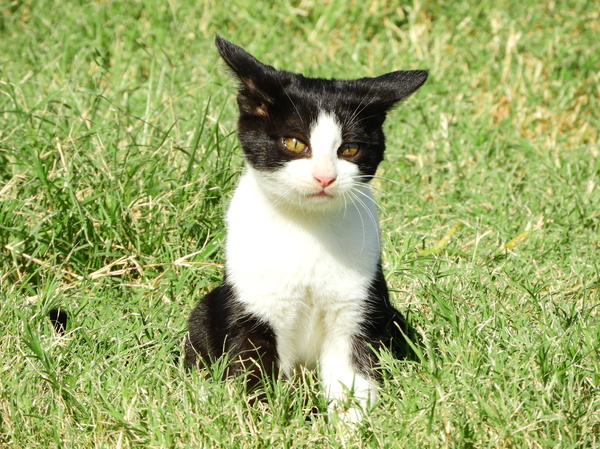
Cat litter and litter boxes play a critical role in the lives of both felines and their owners. From the modest beginnings of sand and soil to the ingenious advancements of today, the world of cat litter has actually progressed significantly. In this comprehensive guide, we explore every aspect of cat litter and litter boxes, exploring their history, types, advantages, difficulties, and whatever in between.
The history of cat litter go back centuries, with ancient civilizations utilizing sand, soil, and even ashes as primitive litter products. Nevertheless, it wasn't till the mid-20th century that modern-day cat litter as we know it emerged. In 1947, Edward Lowe introduced the world's first commercial cat litter made from absorbent clay, transforming the way cats relieved themselves inside your home. Ever since, cat litter has undergone numerous transformations, with the introduction of clumping litter, silica gel litter, naturally degradable alternatives, and more.
Today, feline owners are ruined for option when it comes to selecting the right litter for their feline companions. Conventional clay litter remains popular for its price and efficiency in taking in odors. Clumping litter, which forms solid clumps when wet, simplifies cleaning and upkeep. Silica gel litter, made up of extremely absorbent silica crystals, provides exceptional smell control and longevity. Naturally degradable choices, such as recycled paper, wood pellets, corn, and wheat, appeal to environmentally mindful customers.
Each kind of cat litter provides distinct advantages. Clay litter masters its capability to take in wetness and control odors, making it a trusted option for numerous cat owners. Clumping litter simplifies day-to-day scooping and extends the time in between complete litter changes. Silica gel litter supplies remarkable odor control and can last longer in between replacements. Eco-friendly litters provide a sustainable alternative that minimizes ecological effect.
While cat litter enhances indoor feline hygiene, it is not without its obstacles. Dust from clay litter can present respiratory risks for both felines and people, prompting the appeal of dust-free options. Some cats may establish litter box aversion due to issues with texture, aroma, or cleanliness, necessitating experimentation with various litters and box configurations. Multi-cat families may require tactical litter box placement and regular upkeep to prevent territorial disagreements and make sure all cats have access to tidy facilities.
Picking the appropriate litter box is Clay Cat Litter necessary for promoting positive litter box routines and general feline wellness. Elements to think about include size, availability, and design choices. Covered litter boxes provide personal privacy and help consist of odors, but some felines may discover them confining or daunting. Open-top litter boxes offer easy gain access to and exposure however may lead to more litter scatter. Automatic self-cleaning litter boxes streamline upkeep however require automatic cat litter box routine tracking and upkeep.
Appropriate litter box upkeep is essential for making sure a clean and inviting environment for both felines and their owners. Daily scooping removes waste immediately, minimizing odor and preventing litter box aversion. Regular litter replacement, usually every 1-2 weeks, avoids bacterial buildup and preserves optimum absorbency. Thorough cleaning with moderate cleaning agent and water, avoiding severe chemicals that may discourage cats from using the box, should be performed monthly.
Cat litter and litter boxes play a main function in fostering a healthy and harmonious relationship between cat litter box enclosure felines and their human buddies. With a varied variety of litter alternatives and litter box styles available, cat owners have the versatility to customize their options to match their cats' preferences and home requirements. By comprehending the advancement, types, advantages, and challenges of cat litter and litter boxes, pet owners can offer their feline pals with a comfy and sanitary indoor environment.